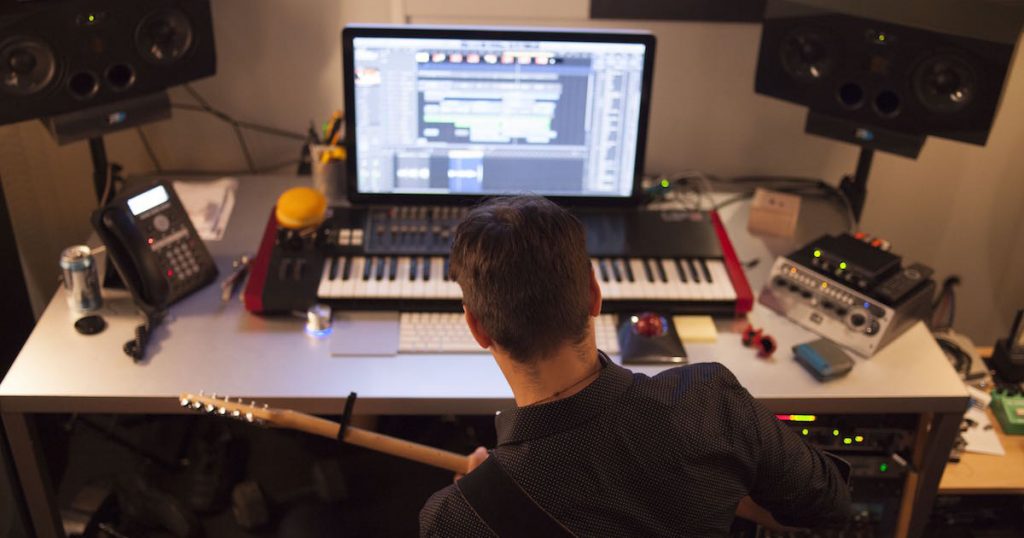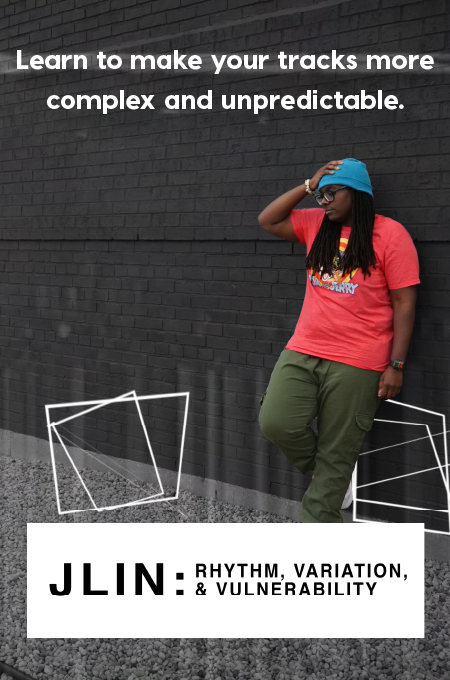+ Take your modern jazz piano and hip-hop beat making to new heights with Soundfly’s new course, Elijah Fox: Impressionist Piano & Production!
I have had an uneven tennis season.
I started back to the sport at the end of February and benefited from being in Atlanta, a tennis mecca if there ever was one. I had lost most of my tennis friends when I moved away shortly before the pandemic, but I worked my way up to playing five or six days a week through a combination of clinics, flex league matches, and casual play with friends and family.
And then I moved back to Maine. I’m playing just once a week on a cracked court with eight-inch weeds growing out of it. No lights, no bathrooms. Our local high school is not really on the level of the posh neighborhood clubs of suburban Atlanta, but the real problem is that there just aren’t many players around.
It is darn frustrating to have worked so hard to regain my skills after so much time away only to be forced, once again, to basically start over.
But I’m not actually starting over. Even though I’m not performing at my peak, there are three signs of progress that I can pay attention to. You can, too, if you’re working on a difficult skill or a big project and getting a little discouraged.
+ Learn production, composition, songwriting, theory, arranging, mixing, and more; whenever you want and wherever you are. Subscribe for full access!

First, you may be seeing more. Even though your performance may not be visibly improving, you are more aware of the gap between your performance and where you want to be.
The immediate impact of this increased awareness is more frustration if you don’t understand that it’s happening, but the reality is that your newfound ability to see how far you need to go is actually an indicator of improvement. I used to have to wait until a ball hit the ground before I knew that it was long, and now I can tell right after I hit it. That’s not as good as being able to prevent myself from hitting the ball out of bounds, but it still represents growth.
Second, even if you’re doing the same thing you were doing before without advancing in any noticeable way, you may be doing it with more ease and less stress. This can show up as increased stamina, increased capacity, or increased confidence.
You might not actually notice these gains unless you go looking for them because they will have become your new baseline. In my tennis game, this might be an emotional resilience that allows me to recover from a bad point without dwelling on it, or being less physically exhausted at the end of a set than I was before. Or perhaps I find that I need to concentrate less on swinging the racquet correctly and the movements have become more automatic.
This increased ease and greater stamina means that you can engage in your activity more frequently and for a longer period of time at a stretch. If you are feeling less resistance or apprehension about practicing your skill or working on your project, that indicates that the work has become easier — and that’s progress.
This extra practice often results in a refinement of the movements or procedures involved, which leads to increased speed. Again, we might notice the gains if we weren’t measuring ourselves because we’re exerting the same amount of effort as before. The difference is that now, this effort yields a faster performance. The benefits of the increased speed often compound because you can do more in the same period of time than you used to be able to do.
In tennis, faster performance would, itself, be a sign of visible progress, but we might have to intentionally look for it in other domains in order to realize that we’re growing and getting better.
For example, I’m noticing that though rigging our sailboat is still difficult and uncertain work for me, I am able to do it a little more quickly over time — not just the entire rigging process, but tiny components of it, like undoing the buttons on the sail covers. Or you might notice that you spend less time reaching for a word or phrase in a foreign language you’re studying.
Do I sound a little desperate, like I’m trying to make my horoscope match the thing I hoped would happen? Maybe, but I have spent most of my career as a teacher and coach helping discouraged people to see the progress that is obvious to me and hidden to them. I believe that, with practice, we can develop our eye for these nuances and see all of the ways we’re getting better that are just not obvious yet.
Like the baby chick developing inside the egg, there will come a moment in which the advances we are making covertly will be readily apparent. In the meantime, we can console ourselves with the fact that we are growing all the time, even if we can’t see it yet.
Play Your Heart Out!
Continue your learning adventure on Soundfly with modern, creative courses on songwriting, mixing, production, composing, synths, beats, and more by artists like Kiefer, Kimbra, Com Truise, Jlin, Ryan Lott, RJD2, and our newly launched Elijah Fox: Impressionist Piano & Production.




